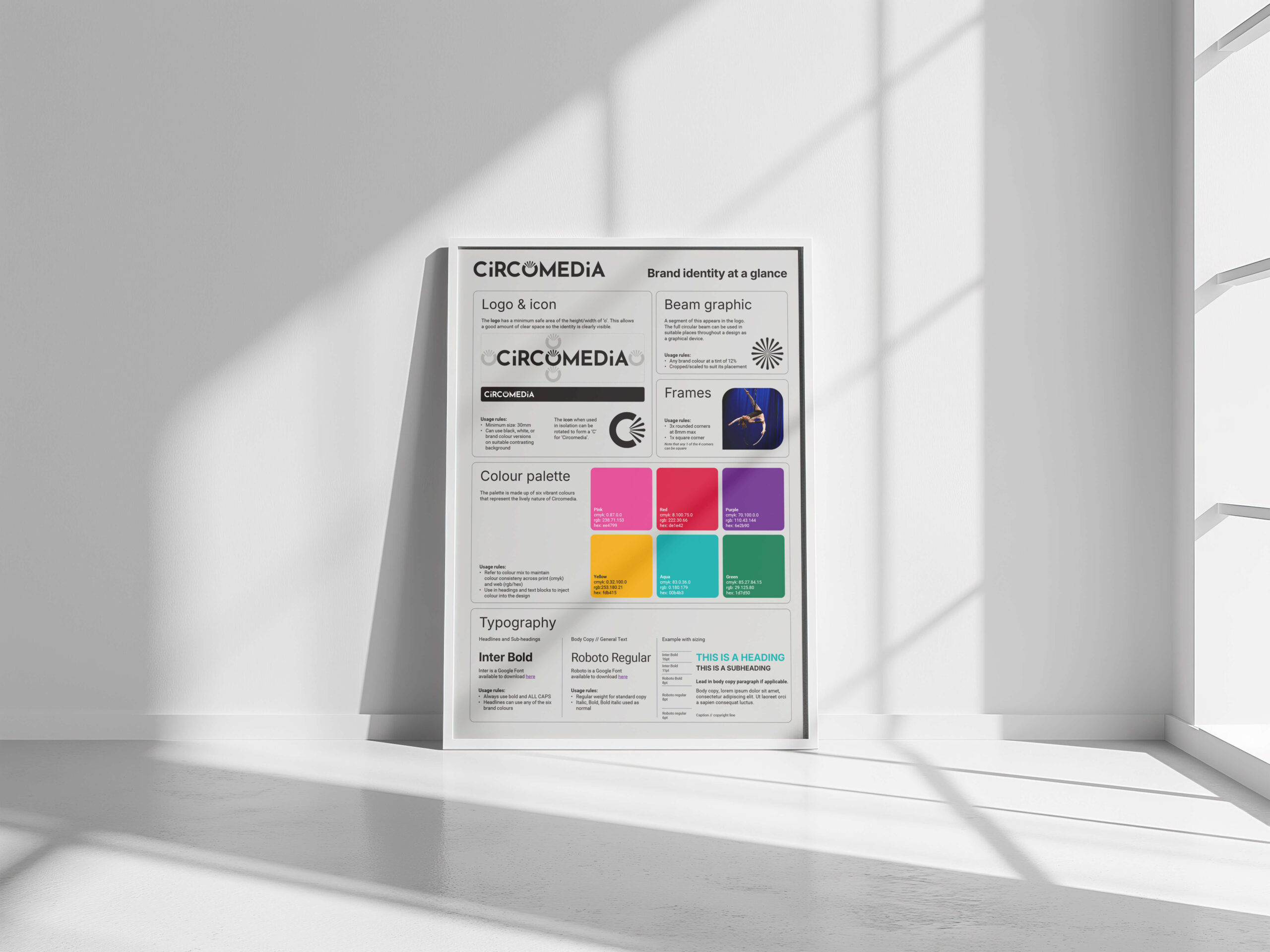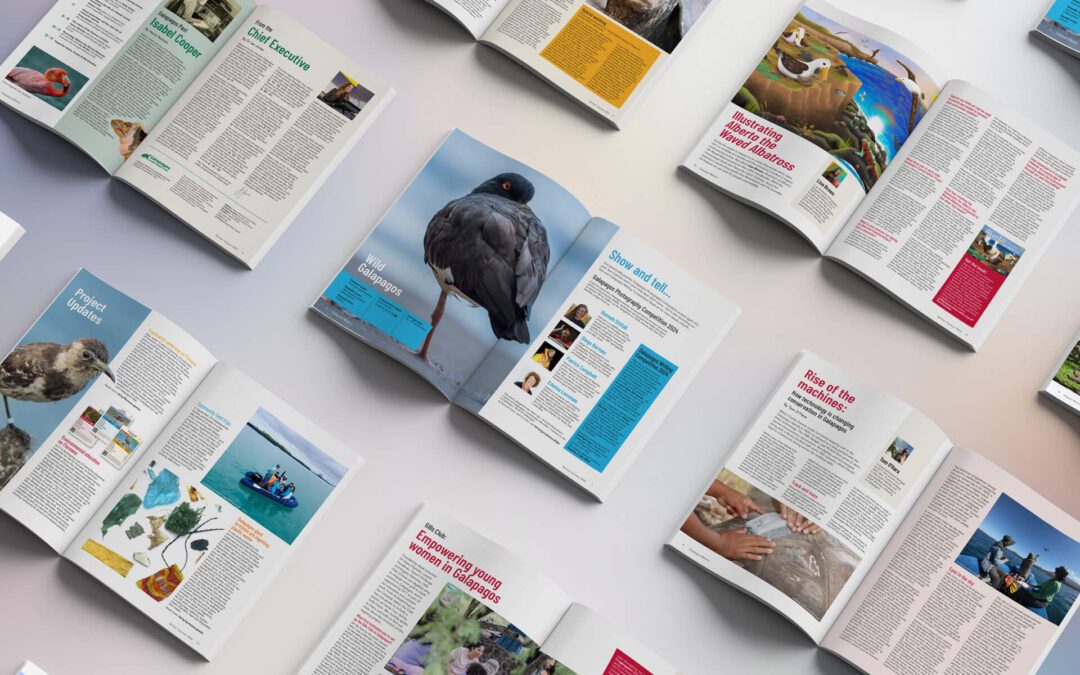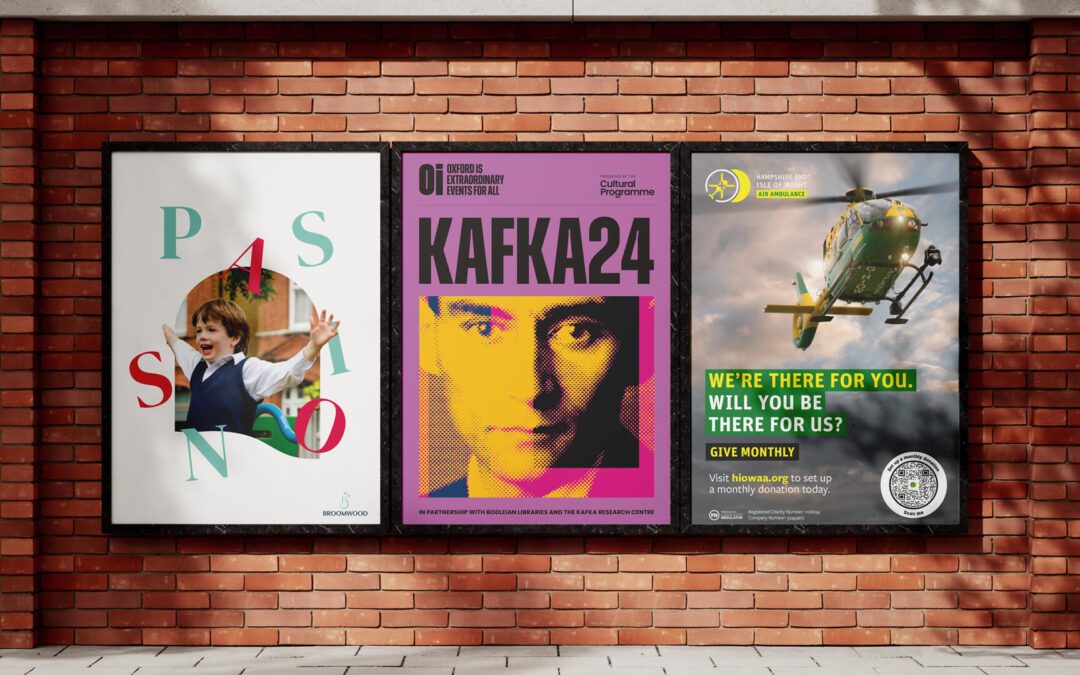Contents
Why branding design
matters
What branding design
actually includes
TGDH branding design process: step-by-step
Common pain points and
how to overcome them
Best practices, tips and mistakes to avoid
Our approach to branding design
Branding design FAQs
Follow us
Branding design is a core part of any company’s identity. This covers much more than just a logo and a typeface. It covers everything that visually represents the organisation to customers. Done right, it should speak volumes about what the brand is, while users should be able to instantly recognise it from the quickest of glances.
However, effective visual brand design takes time and effort. It’s easy to get it wrong – and there are plenty of cautionary tales of well-known enterprises that have fumbled a rebrand or refresh by moving away from their core values or identity. In this guide, we’ll explain what goes into brand design, why it matters and what key steps you need to follow to see success.
Why branding design is crucial for success
In a crowded marketplace, it’s important to stand out – and a clear visual identity is central to this. But it’s not just about getting noticed and remembered. Your design should communicate clearly what your culture and personality is even before users start reading your marketing materials, website or other communications.
As well as this, core principles of brand design include ensuring recognisability and trust among customers. Brand guidelines should set out clear dos and don’ts to ensure a consistent approach across all touchpoints. Without this, consumers won’t be able to remember your brand and make an instant connection the next time they encounter you.
Investing in a strong brand persona may seem like a time-consuming activity, but the returns organisations can gain are wide-ranging. As well as better brand awareness and customer understanding, this can directly support business growth by helping reach out to new and returning customers and enabling organisations to apply premium pricing, backed up by a design that emphasises quality and trustworthiness.
What branding design actually includes
Branding design covers all aspects of your organisation’s visual identity. Many brands think this stops at the logo, but in fact, a clear, consistent design covers a wide range of small details that, when applied consistently, come together to create a singular look and feel for your entire company. Key aspects of this include:
- Logo and logotype: This is the core symbol or wordmark that visually represents your brand. It should be versatile, recognisable and work across a range of sizes and formats.
- Colour palette and brand colours: Creating a defined set of primary and secondary colours help convey brand personality and ensure visual consistency across platforms.
- Typography and font systems: Fonts and text styles need to be chosen carefully to support brand tone and improve readability, while maintaining a coherent visual identity.
- Icons, graphics and illustrations: Supporting visuals should have a clear style that enhances communication, guides users and helps build a more engaging and unique visual language.
- Imagery and photography: Creating guidelines that ensure a consistent approach to photography and imagery helps reflect your brand values and tone of voice.
- Layout systems, grids and spacing: Even white space has a role to play in your brand identity. Structured design rules bring visual balance and consistency to every brand asset, from websites to print materials.

The branding design process: step-by-step
Crafting a coherent, unique and recognisable brand design takes time and expertise. But by following a few common steps, you can make the process much easier. At The Graphic Design House, we follow these stages to ensure we’re creating a design that resonates with clients, their customers and matches the identity of your company. Make sure you give them all close attention.
Stage 1: Client consultation
Before starting, it’s vital everyone involved understands your organisation, audience and market. While clients typically provide an overview of what should be included, we make sure to talk to stakeholders and offer expert insight, as we find businesses often overlook some aspects of their brand identity.
Stage 2: Document design and visual exploration
Explore multiple directions by experimenting with styles, colour palettes and font pairings. Early sketches and concept options help see what resonates best before narrowing in on a specific creative route. Our goal is to create a clear, well organised guide for the brand that is easy to follow.
Stage 3: Reviewing and testing
Once a central concept or direction has been settled on, we refine your chosen design, focusing on usability, clarity and stakeholder input. It also pays to gather feedback from within the company and allow the client time to test the documentation, in order to find out if everything is clear to everyone who will use it.
Stage 4: Delivery and rollout
After your overall design look has been determined, it’s time to ensure it’s used consistently. We provide a final PDF document with an overview of the new brand and guidelines for its use, while any final assets referred to within it are also supplied either directly as source files or clearly linked to online. A rollout plan helps ensure consistent application across platforms, from web and social to print and packaging.
Common pain points and how to overcome them
No branding process is without its challenges. But if you can spot issues early and have plans in place for how to approach them, you’ll greatly improve your chances of a successful outcome. Some common pain points you may come across include:
- Getting internal buy-in: It’s natural for some departments to be resistant to change. Marketing teams in particular may be very protective of existing branding. It’s therefore important to communicate effectively, seek input and ensure everyone understands why the process is happening.
- Enabling usage: People across the organisation need autonomy to create their own assets using the approved brand designs. Make sure everyone has access to the final brand guidelines and documentation to ensure they feel able to do this consistently.
- Scaling consistently across channels: Today’s firms need their assets to work across web, social and print channels – and it’s not always easy to make sure they all match up. Make sure this is taken into account when creating assets to ensure they offer a consistent look across all platforms.
- Managing budgets: Finances remain tight for many firms and brand refreshes can quickly add up – especially if firms have to replace marketing and promotional materials. Prioritise high-impact assets first and phase updates over time to spread costs more effectively.

Best practices, tips and mistakes to avoid
Great brand design is about clarity, usability and long-term impact, not just aesthetics. Keeping the following key principles in mind will help you create visuals that are both distinctive and practical.
- Maintain consistency over novelty: Standout brands focus on recognisability, not constant reinvention. Keep core visuals stable across campaigns.
- Leave white space: Clean, spacious design ensures your assets are easy to read, look professional and avoid visual clutter.
- Don’t overcomplicate the logo: A simple, well-crafted logo is easier to recognise, reproduce and scale across platforms.
- Test how the brand appears across formats: Make sure your design works at different sizes and in the places your audience will encounter it – from mobile screens to physical signage.
- Be specific when documenting brand guidelines: Show clearly how design assets should and shouldn’t be used, so teams can apply them confidently and correctly.
- Avoid trends that date quickly: Choose timeless design principles over fleeting styles to ensure your brand remains relevant and credible.
Our approach to branding design
As a design agency that works within print, we understand the importance of branding that works across both physical and digital formats. That’s why we design logos and brand materials that will work across both formats.
Our belief is brand guidelines shouldn’t block creativity but enhance it. That’s why we don’t necessarily want to create a strict ‘rule book’ governing how brand guidelines must be used. Instead, we encourage flexibility where possible, using our experience across different sectors gives us a great understanding of how strict they should be. For example, a B2B brand such as a pharmaceuticals company would have more precise guidelines than a theatre, where employees can be more flexible and empowered to put a new angle on the brand where appropriate.
Check out our Circomedia case study for more details about our process and a ‘before and after’ of our work.

Branding design FAQs
How long does branding design take?
This will depend on the project’s scope and complexity. A full branding process, from initial discovery to final delivery, can take anywhere from several weeks to a few months. However, timelines are often influenced by feedback cycles, so we work closely with you to set a schedule that keeps the project on track.
How much does branding design cost?
Costs vary based on deliverables and organisation size. Smaller projects may start from a few thousand pounds, while full rebrands can require a larger investment.
When should I refresh rather than rebrand?
If your visuals feel dated but your core identity still fits, a refresh is best. A full rebrand is often only needed when your mission, audience or market position has changed significantly.
What file formats will I receive?
Final assets are usually supplied in formats such as SVG, PNG, PDF and EPS, ensuring flexibility across digital and print use.
What’s included in brand guidelines?
Guidelines outline logo use, typography, colours, imagery and spacing rules to ensure consistency across all platforms.
Can branding design improve business performance?
Yes. Strong, consistent branding builds trust, increases recognition and helps businesses stand out in competitive markets.
More insights

Publication design that works for your brand and audience
Explore print and digital publication design services, key elements to consider and the trends shaping how brands create magazines, brochures and reports.

Advertising design guide: create ads that perform
We explore how to create advertising designs that stand out, connect with your audience and drive campaign performance across physical and digital channels.

Corporate branding that builds trust and growth
Find out what corporate branding involves, why it matters and how to build a brand that instils trust and drives business growth.
